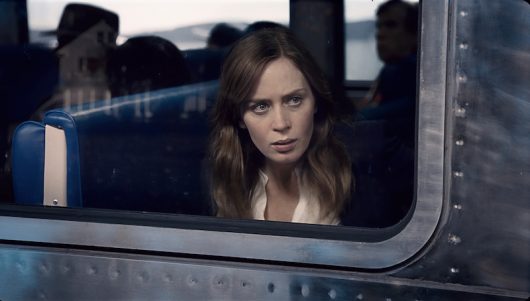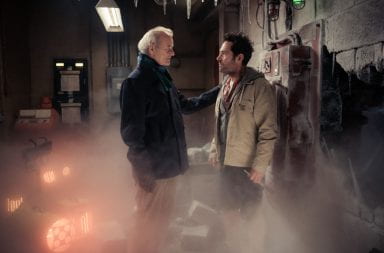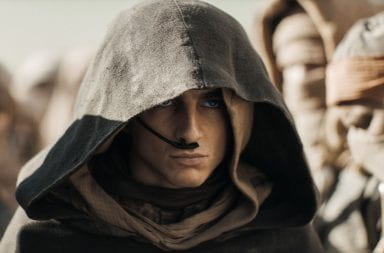
Emily Blunt plays Rachel Watson in the film “The Girl on the Train.” Credit: Courtesy of TNS
Following the popularity of “Gone Girl,” it was inevitable that a movie like “The Girl on the Train” would come out. On the surface, they share a lot of qualities: psychological thrillers mixed with a missing person’s case, an unreliable narration and twist after twist. The degree to which each movie succeeds, however, is vastly different.
Rachel Watson (Emily Blunt) is an alcoholic two years removed from her ex-husband. Every day, she takes the train into the city, briefly catching a glimpse of her “perfect couple.” When the wife goes missing, Rachel’s grasp on reality starts to slip as she launches her own investigation into the crime.
Like “Gone Girl,” “The Girl on the Train” employs an unchronological narrative from multiple narrators. But the latter never handles it as well as its predecessor. All three narrators are introduced in a disorienting 15 minutes. A thriller works when it has an informed audience that still isn’t sure what’s going on; “The Girl on the Train” instead confuses its audience with choppy narrative.
This is consistent throughout the film, as it arbitrarily cuts between real time and flashbacks. The flashbacks are randomly thrown in rather than carefully placed in the narrative. They dole out further information in controlled doses so it never feels like the audience is actually discovering anything for themselves.
And what the film builds to, its final twist, is just off. While it is legitimately surprising, that surprise comes from a lack of narrative cohesion between the building blocks and their product.
“The Girl on the Train” frequently bites from the visual style of “Gone Girl” as well. Night scenes are lit and shot in Director David Fincher’s trademark style, and its overall aesthetic reflects “Gone Girl.” Like the narrative, however, the visuals in “The Girl on the Train” feel watered down in comparison to that earlier film.
The most major downside of the movie is how uninteresting it is. The first hour has so many moving pieces to establish that none of it has impact. When things slow down closer to the climax, the movie puts the pieces together well. But it’s too late to save the overtly convoluted story.
Though Blunt does a fine job as the troubled lead, the rest of the cast is hit-or-miss. The other two female leads, Haley Bennett and Rebecca Ferguson, are similarly excellent, but Justin Theroux is a knock-off Ben Affleck.
In just about every way, “The Girl on the Train” falls short of the high precedent set for it. Its musical score is effective, but that’s one of the few highlights. Only those desperate for a new extravagantly spun mystery will find this film to be requisite watching. For the rest, “The Girl on the Train” is yet another disappointing release for 2016.
4/10 stars


